BUPRENORPHINE HYDROCHLORIDE
- CAS NO.:53152-21-9
- Empirical Formula: C29H41NO4.ClH
- Molecular Weight: 504.1
- MDL number: MFCD04037215
- EINECS: 258-396-8
- SAFETY DATA SHEET (SDS)
- Update Date: 2025-08-20 16:56:15
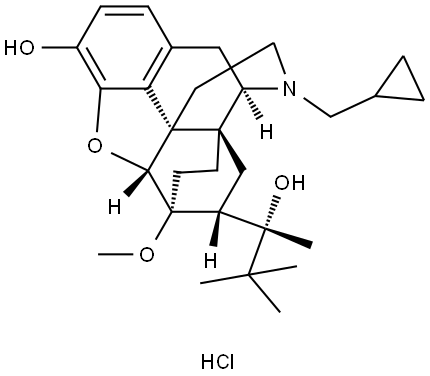
What is BUPRENORPHINE HYDROCHLORIDE?
Description
Buprenorphine (hydrochloride) (CRM) (Item No. ISO60178) is a certified reference material that is structurally categorized as an opioid. It is a partial agonist of the μ-opioid receptor (Ki = 4.18 nM) that less potently acts at δ- and κ-opioid receptors (Kis = 25.8 and 12.9 nM, respectively). Buprenorphine is used, alone or with naloxone (Item Nos. ISO60194 | 15594), to counter opiate addiction. This product is intended for research and forensic applications.
Chemical properties
White Solid
The Uses of BUPRENORPHINE HYDROCHLORIDE
Controllled substance (narcotic). Analgesic that demonstrates narcotic agonist-antagonist properties.
Definition
ChEBI: The hydrochloride salt of buprenorphine.
brand name
Buprenex (Reckitt Benckiser); Subutex (Reckitt Benckiser).
Acquired resistance
Buprenorphine is 20 to 50 times more potent than morphine in producing an ED50 analgesic effect in animal studies; however, it cannot produce an ED100 (compared to morphine) in these tests. Thus, buprenorphine is a potent partial agonist at μ opioid receptors. It also is a partial agonist at κreceptors but more of an antagonist at δ receptors. Buprenorphine, at 0.4 mg intramuscular dose, will produce the same degree of analgesia as 10 mg of morphine. Because of its partial agonist properties, it has a lower ceiling on its analgesic action but also produces less severe respiratory depression. It is incapable of producing tolerance and addiction comparable to full μ agonists. In fact, buprenorphine's partial agonist action, very high affinity for opioid receptors, and high lipophilicity combine to give buprenorphine a tolerance, addiction, and withdrawal profile that is unique among the opioids. When given by itself to opioid-naive patients, little tolerance or addictive potential (Schedule 5) is observed. A mild withdrawal can occur some 2 weeks after the last dose of buprenorphine. Buprenorphine will precipitate withdrawal symptoms in highly addicted individuals, but it will suppress symptoms in individuals who are undergoing withdrawal from opioids. It effectively blocks the effect of high doses of heroin. Because of these properties, buprenorphine has been approved for office-based use in treating opioid dependence. It also has been reported to suppress cocaine use and addiction.
Biological Activity
ORL 1 receptor agonist that also displays mixed antagonist/partial agonist activity at κ , δ and μ -opioid receptors.
Biochem/physiol Actions
Full agonist at ORL1 receptors, antagonist or partial agonist at μ, κ, and δ opioid receptors.
Clinical Use
Buprenorphine undergoes extensive first-pass 3-O-glucuronidation, which negates its usefulness after oral dose. It is available in parenteral and sublingual dosage forms. The typical dose is 0.3 to 0.6 mg three times per day by intramuscular injection for analgesia or 8 mg/day as a sublingual tablet for opioid-dependence maintenance. The duration of analgesic effect is 4 to 6 hours. After parenteral dose, approximately 70% of the drug is excreted in the feces, and the remainder appears as N-dealkylated and conjugated metabolites in the urine. Naloxone is not an effective antagonist to buprenorphine because of the latter's high binding affinity to opioid receptors.
Storage
Store at RT
Properties of BUPRENORPHINE HYDROCHLORIDE
| Melting point: | 260-262?C (dec.) |
| storage temp. | -0°C |
| solubility | Sparingly soluble in water, freely soluble in methanol, soluble in ethanol (96 per cent), practically insoluble in cyclohexane. |
| form | Powder |
| Water Solubility | Soluble to 25 mM in water and to 50 mM in ethanol |
Safety information for BUPRENORPHINE HYDROCHLORIDE
Computed Descriptors for BUPRENORPHINE HYDROCHLORIDE
BUPRENORPHINE HYDROCHLORIDE manufacturer
New Products
Indole Methyl Resin tert-butyl 9-methoxy-3-azaspiro[5.5]undecane-3-carboxylate Boc-His(Boc)-OH 2-CTC Resin 4-Chloro-7-tosy1-7Hpyrrolo[2,3-d]pyrimidine 5,7-Dibromo-1H-indole 2,5-dichloro-N-hydroxy-4,6-dimethylpyridine-3-carboximidamide 2,2-Dimethoxy-7-azaspiro[3.5]nonane hydrochloride 4-chloromethyl-5-methyl-1,3-dioxol-2-one (DMDO-Cl) R-2-BENZYLOXY PROPIONIC ACID 1,1’-CARBONYLDIIMIDAZOLE 1,1’-CARBONYLDI (1,2-4 TRIAZOLE) N-METHYL INDAZOLE-3-CARBOXYLIC ACID 4-((2-hydroxyethyl)thio)benzoic acid 1-(TERT-BUTOXYCARBONYL)-2-PYRROLIDINONE Methyl 6-methylnicotinate 3-Pyridineacrylic acid tert-Butyl carbazate TETRAHYDRO-2H-PYRAN-3-OL 2-((4-morpholinophenylamino) (methylthio) methylene) malononitrile 3-(4-morpholinophenylamino)-5-amino-1H-pyrazole-4-carbonitrile 2,4-dihydroxybenzaldehyde 1,3-Diethyl-1,3-Diphenylurea Methyl 2-methylquinoline-6-carboxylateRelated products of tetrahydrofuran


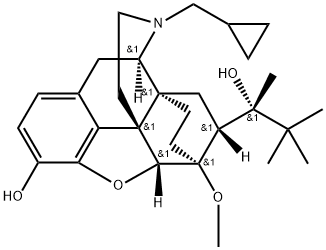
You may like
-
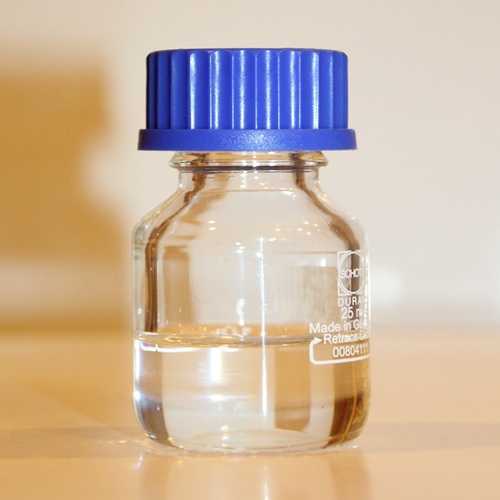 Pyridine 99.5% HPLC /UV SpectroscopyView Details
Pyridine 99.5% HPLC /UV SpectroscopyView Details
110-86-1 -
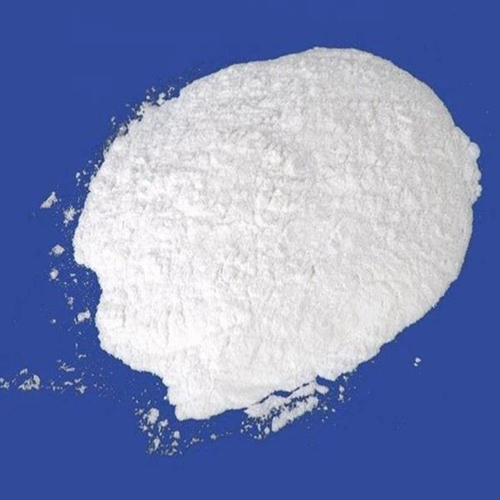 Guanine , 99%View Details
Guanine , 99%View Details
73-40-5 -
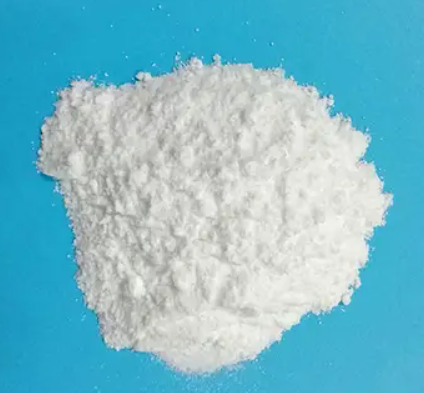 Piperazine Spot supply, best priceView Details
Piperazine Spot supply, best priceView Details
110-85-0 -
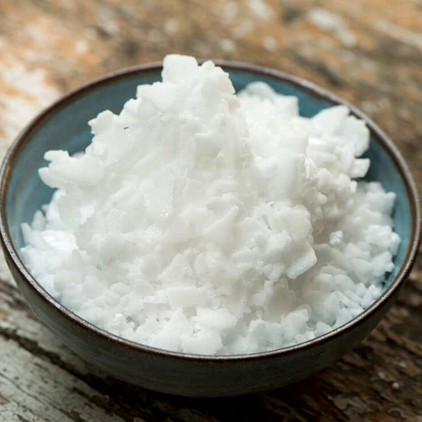 Potassium Hydroxide 90%View Details
Potassium Hydroxide 90%View Details
1310-58-3 -
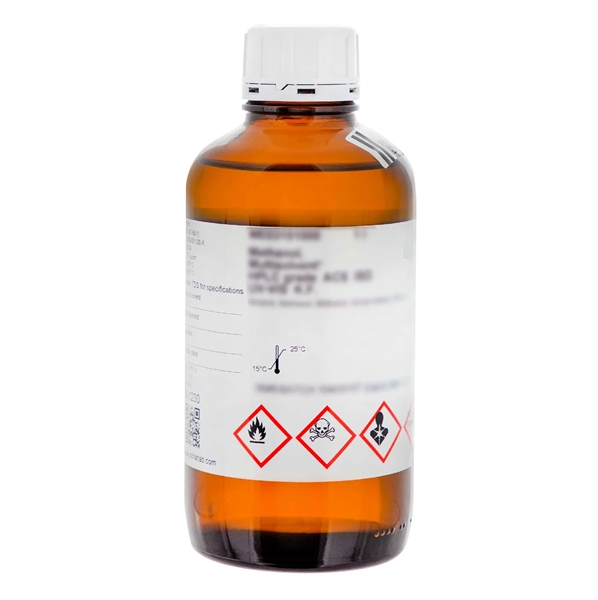 Dibutyl PhthalateView Details
Dibutyl PhthalateView Details
84-74-2 -
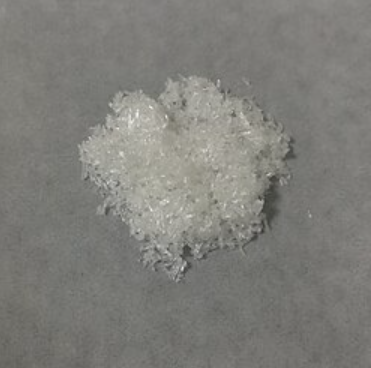 Imidazole Spot supply, competitive priceView Details
Imidazole Spot supply, competitive priceView Details
288-32-4 -
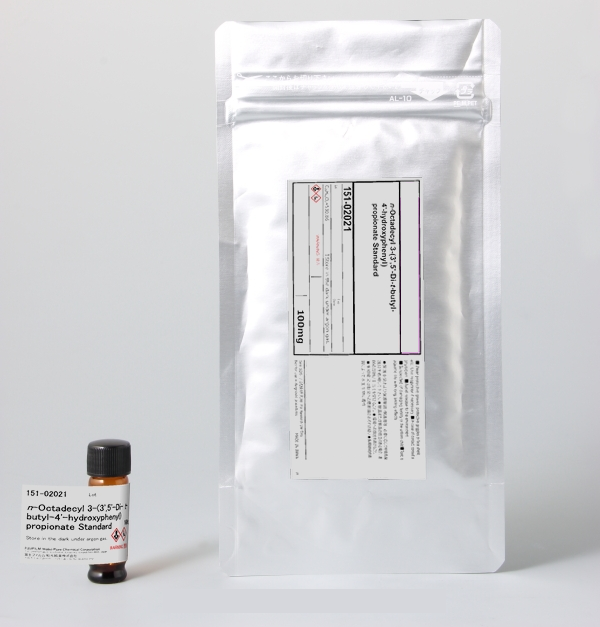 Octadecyl 3-(3,5-di-tert-butyl-4-hydroxyphenyl)propionate 98% (GC)View Details
Octadecyl 3-(3,5-di-tert-butyl-4-hydroxyphenyl)propionate 98% (GC)View Details
2082-79-3 -
 Thiourea 99% ARView Details
Thiourea 99% ARView Details
62-56-6
